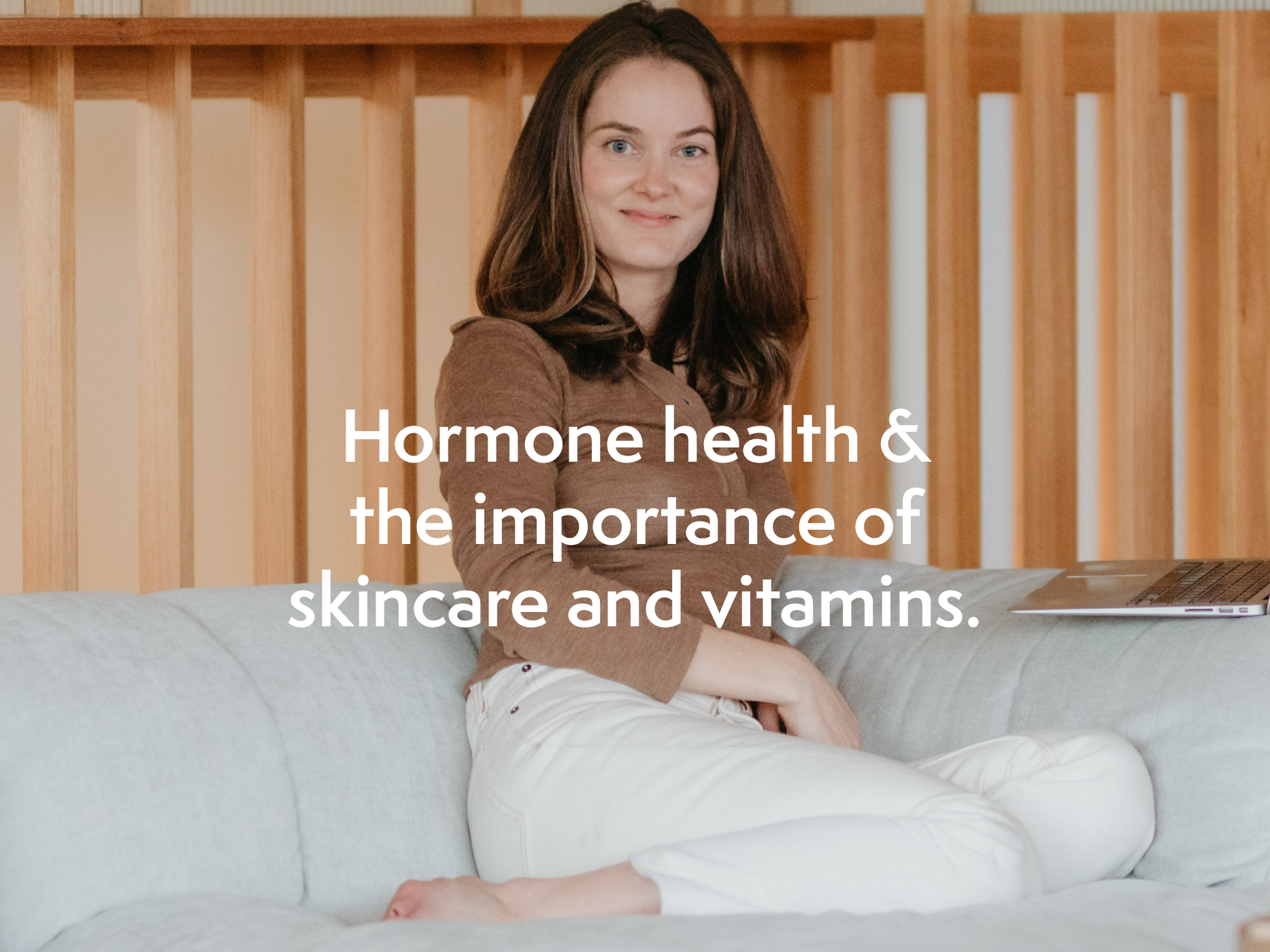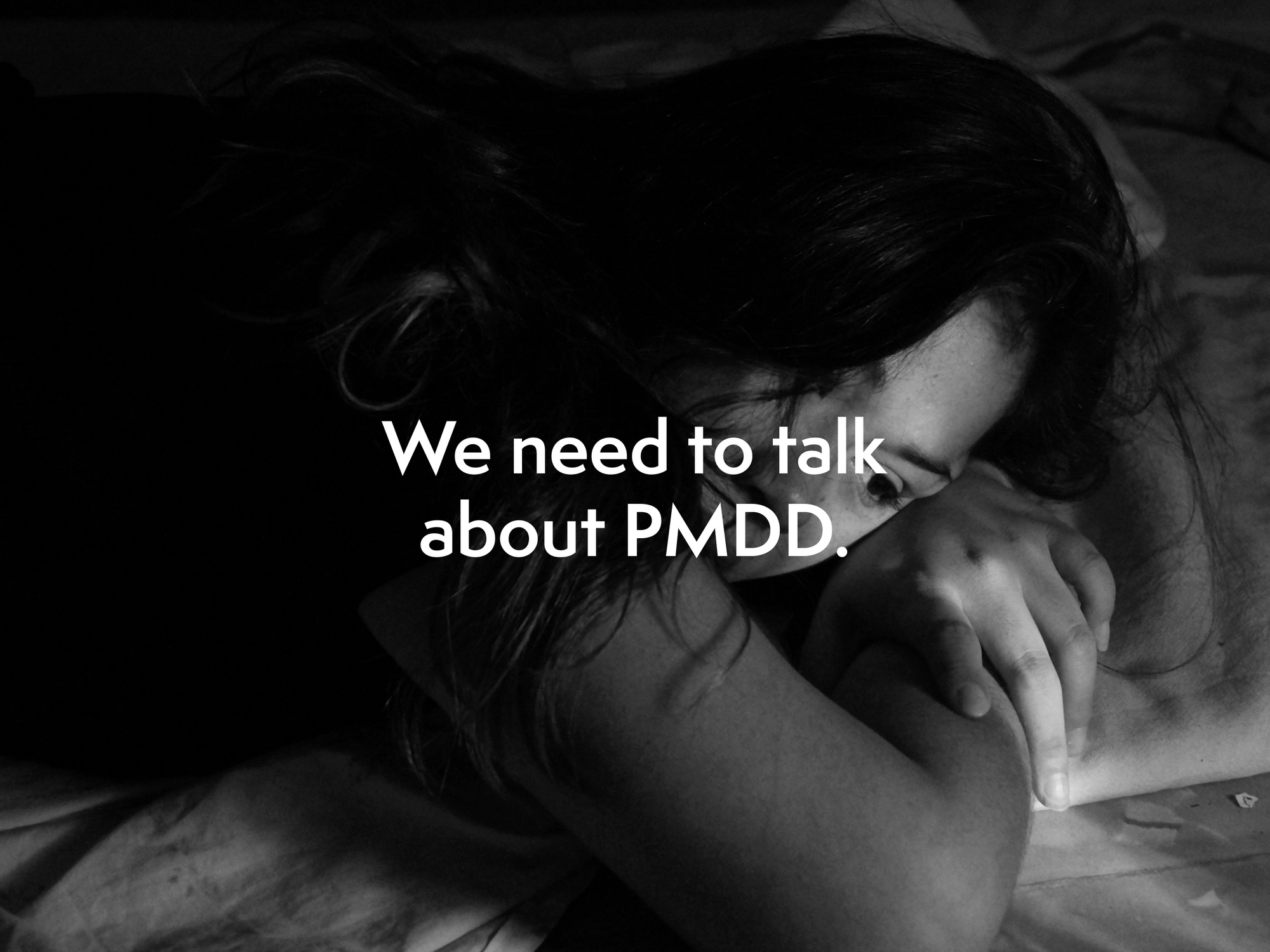How to manage and harness your hormones during your cycle
There’s no denying it, when we hear the words menstruating, periods and ovulation, we females typically tend to think of the ever-growing list of negatives associated with those words – which is of course, normal and somewhat expected.
That said, in 2024 we here at The Fix are encouraging women and young girls to not view ‘that time of the month’ as a negative, but rather as an opportunity to step into your hormones and use them to your advantage – easier said than done, we know.
During mensuration a range of fluctuating hormones fills a woman’s body at different stages of the menstruation cycle, while these hormonal fluctuations have always been viewed as a negative or draining experience, this year The Fix is striving to encourage women to step into these hormones, accept them for what they are, and ultimately use them in your favour.
To truly understand what it takes to use our hormones as a help rather than a hindrance, The Fix sat down with Australian-based qualified female naturopath, Nicole Woodcock.
Similar to The Fix and our consumers, Woodcock has had her own issues with periods of menstruation, therefore leading her to also broaden her knowledge on the topic, educate the public and utilise her qualifications as a positive tool to assist women experiencing similar cycle-related issues.
“I’ve learned to appreciate my menstrual cycle and the innate wisdom of my body, and I’ve turned my experience into something that can help other people. I’m an advocate for women’s health, the benefits of hormones, natural menstrual cycles, and period education,” said Australian Naturopath, Nicole Woodcock.
“I’ve made it my mission to break down the barriers around hormone and period health. I’m passionate about helping people be in tune with their bodies; to understand the benefits of their hormones, and to love their menstrual cycles.”
When it comes to viewing our periods in a positive light and really harnessing our hormones during our cycle, Woodcock shares that as women we must first truly understand the phases of our cycle and the hormones that can appear during them.
“Each phase of the menstrual cycle is like the four seasons of the year – winter (menstruation), spring (follicular), summer (ovulation), and autumn (luteal phase). During the cycle, our hormones fluctuate and signal between the brain, uterus, and ovaries to make each phase happen. Just as the seasons do, these hormone changes influence our mood, energy, skin, sleep, and metabolism,” Woodcock tells The Fix.
What are the different stages of menstruation and how can we best manage and harness our symptoms during each phase?
Menstruation Phase
“A drop in estrogen and progesterone at the start of the cycle (the period) causes the uterus to shed, and the bleed to happen. Bleed days and drops in hormones can make you tired; they drain your energy, and you may feel less sociable. Just like winter makes you want to stay inside and watch Netflix, the bleed days encourage rest and adequate sleep,” says Woodcock.
During this time Woodcock suggests reaching for warming, easy-to-digest, nourishing foods to support blood flow, blood loss, and low energy, and to also reduce inflammation and pain.
Rather than focusing on how sluggish or lethargic you feel, she further recommends engaging in low-intensity exercise and using time on the couch as an opportunity to pause and slow down internally.
“During the bleed, I recommend dialling it down to gentle yoga, a walk, or other low-intensity exercise. Keep the blood moving with some gentle yoga, a walk, or other low-intensity exercises. This is also a great time to reflect. Spend some time journaling, musing, and setting intentions for the next month,” she said.
Follicular Phase
“The follicular phase (between period and ovulation) is all about new beginnings, just as Spring is the time for new growth. You’ll find your energy returning with increased confidence and libido, productivity, and your skin will have that inner shine and bounce. Testosterone and estrogen are rising, the brain secretes FSH (follicle stimulating hormone) to signal the ovaries to prepare for ovulation (the release of the egg),” said Woodcock.
To truly harness the increased energy you may feel during this phase, Woodcock recommends tapping into your inner athlete and exerting your energy into a good old training session.
As a woman’s testosterone and estrogen levels rise during the follicular phase this is also a time when many women find it easier to gain muscle.
“Push yourself that little bit harder to utilise the energy and confidence boost from estrogen and testosterone. This is the time for cardio and strength training, you will build muscle mass more easily this phase. Support your high energy and next cycle with a balanced, nutritious diet. Your liver is working hard here so it will need some extra love,” said Woodcock.
Ovulation Phase
As women and experts know, the ovulation phase can be somewhat of a two-ended sword. Whilst you may feel more easily turned on and sexually engaged with your body, it can fluctuate depending on health concerns, age and severity of menstruation. Similar to all phases of a women’s cycle, there are however various ways you can positively tap into the ovulation phase to reap all its benefits.
“Ovulation is the ‘sexy’’ stage of the menstrual cycle with energy, libido, confidence, and mood peaking with a hormonal shift from estrogen to progesterone. Like a stormy summer night, after ovulation, you may however notice mood changes and feel sluggish”, said Woodcock.
“Like waiting for summer days after a long, cold winter, ovulation is the big dance; the ‘peak’ of the whole cycle. Think mild summer nights, let your hair down – this is when things heat up. Estrogen peaks… telling the brain to produce LH (luteinising hormone), and the egg is released.”
“During this stage, it’s important to eat regular, balanced, nutritious meals to support your high energy and stabilise moods. Your bowels and liver need you here.”
To truly benefit from the increased desire, and sexual drive and intensity for everyday activities you may be feeling during this phase, Woodcock encourages women to not be afraid of this period but rather step forward into this ‘peak’… enjoy the moment and engage in those activities that are as pleasurable for your mind as they are your body.
“Enjoy the ‘peak’ - laugh, move, and be happy. This is the best time for high-intensity workouts, movement (and dancing), date-nights, and catch-ups,” she said.
Luteal Phase
“During the luteal phase (between ovulation and the period) both progesterone and oestrogen see their highs and lows. Progesterone and oestrogen rise to the challenge side by side as they prepare for the implantation of a fertilised egg, and possible pregnancy. With no pregnancy, both hormones drop, and the shedding of the uterus begins,” says Woodcock.
“Progesterone is the yin to Oestrogens yang, and when out of balance, hello PMS; aka mood changes (sadness, anxiety, irritability), sore breasts, bloating, cravings, fatigue, brain fog, less resistance to stress. Plummeting oestrogen levels mean low serotonin (mood stabiliser that controls well-being and happiness), causing insomnia and carbohydrate and sugar cravings.”
“Generally try to limit alcohol, caffeine, processed sugar, and saturated fats, and keep up fibre and focus on slow-release carbs. Foods high in zinc, magnesium, B6 are your warriors for fighting PMS and period cramps.”
Whilst this phase may not be the most physically comfortable, it is a time in which many women aim to effectively identify which stress management strategies and methods work best for them.
“I won’t coat it; this transitional season is hard. Keep stress at bay with meditation or yoga. You’ll have enough energy for high-intensity, cardio, or strength exercises in the first half of the phase before easing into gentler workouts towards the end of the cycle,” says Woodcock.
Whilst there are numerous methods to best manage and harness the symptoms associated with each stage of our cycle, Woodcock confirms that in order to reap the benefits of each phase, and truly use our cycle to our advantage, we must nurture and care for our body before, during and after each phase.
“Aligning your diet, exercise, and self-care with the ebbs and flows of your menstrual cycle can improve your mood, productivity, energy, skin, libido, sleep, and metabolism. Listen to what your body is telling you, push yourself when the time is appropriate and forget about expectations and idealistic routines when your body craves stillness and nourishment,” she said.
“Start with tuning into your stress levels, sleep, gut health, and exposure to environmental toxins. And – nutrition. To achieve a healthy menstrual cycle, we need a moderate and balanced diet high in protein, healthy fats, fibre, and lots of vegetables.”
“Tuning into our menstrual cycle and adapting our food, exercise, and social commitments to match the ‘season’ of our cycle can be a game changer.”
“What you do every day of your cycle is the heart of having a healthy menstrual cycle.”
Nicole Woodcock holds a Bachelor of Health Science (Naturopathy) Degree and is a Professional Membership with the Australian Natural Therapists Association (ANTA). Woodcock is qualified in the fields of naturopathy, herbal medicine, and nutrition.
To find out more about Nicole or book a consult with her directly visit, www.nicolewoodcock.com.au


